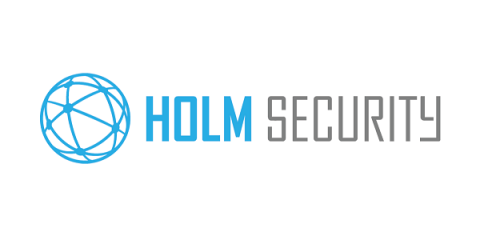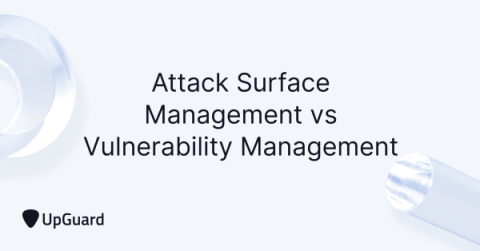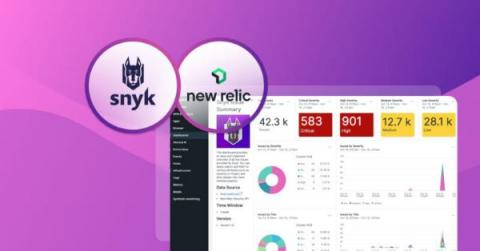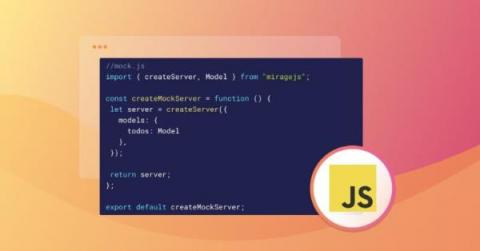Wrapping up CSAM 2022 with Vulnerability Management Advice for Everyone
As we wrap up Cybersecurity Awareness Month (CSAM) 2022, the final topic we’ll cover is updating software and patching vulnerabilities. According to the 2022 Data Breach Investigations Report (DBIR) from Verizon one of the top paths threat actors use to infiltrate organizations is exploiting vulnerabilities. And there appears to be no end in sight as the number of unique security vulnerabilities rose almost 10% in 2021, up to 20,142 from 18,351 in 2020.










